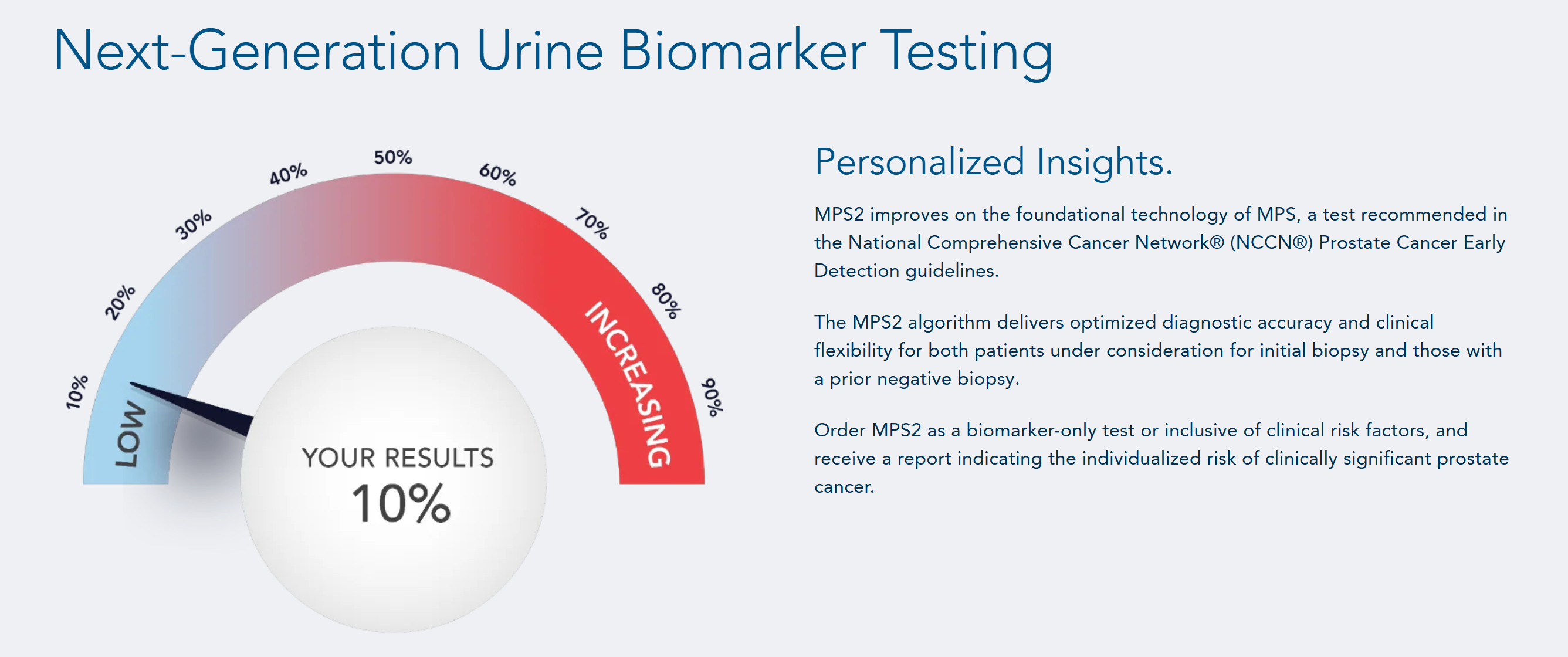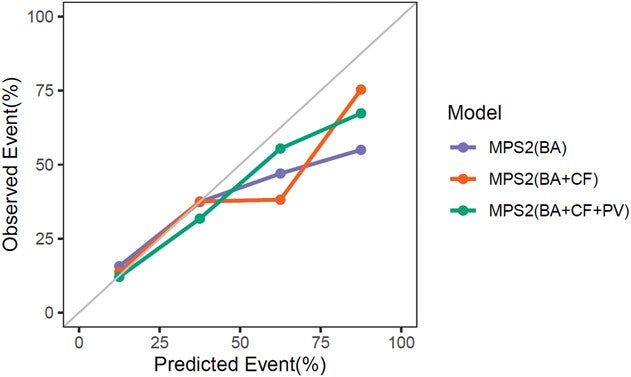A recent breakthrough study highlights how a simple at-home urine test could accurately detect prostate cancer. Researchers from Vanderbilt University and the University of Michigan suggest this non-invasive approach may transform access to screening, especially for people in rural areas or those relying on telehealth.
Currently, prostate cancer screening involves a blood test that measures prostate-specific antigen (PSA). Elevated PSA levels usually lead to biopsies. Although effective at reducing deaths, this method often results in unnecessary biopsies and the overdiagnosis of harmless tumors.
To tackle these drawbacks, scientists developed a urine-based test named MyProstateScore 2.0 (MPS2). The test specifically targets clinically significant cancers—those needing immediate treatment. By distinguishing dangerous tumors from harmless ones, the new test helps prevent unnecessary medical procedures.
Unlike earlier tests, MPS2 doesn’t require an uncomfortable digital rectal exam (DRE) beforehand. Instead, the patient simply collects the first stream of urine, making the procedure easy and comfortable at home.
“Rectal exams are no fun,” noted Jeffrey Tosoian, MD, MPH, assistant professor of urology at Vanderbilt University Medical Center. He added, “These findings will increase the impact of the test, as it can now be used for at-home testing.”

The test works by analyzing 18 specific genes linked to aggressive prostate cancers. This gene-focused approach enables doctors to deliver personalized risk assessments, accurately identifying cancers that truly require medical intervention.
Reducing unnecessary biopsies not only decreases the physical discomfort for patients but also cuts the risk of complications. Additionally, patients with aggressive cancers receive timely diagnoses, enhancing their chances for successful treatment outcomes.
The study, published in The Journal of Urology, underscores the potential of urine-based testing in prostate cancer management. With telehealth becoming more widespread, this method could quickly become an essential tool, simplifying the entire screening process.
Related Stories
By eliminating the need for a rectal exam, MPS2 makes prostate cancer screening more accessible and convenient. This is particularly important for individuals in rural areas or those seeking non-invasive testing options.
Prostate biopsies can be invasive and carry risks such as infection and bleeding. The ability of MPS2 to rule out low-risk cancers means fewer men will have to undergo unnecessary procedures. The study found that in men considering a prostate biopsy, non-DRE MPS2 testing significantly reduced biopsy rates compared to traditional risk calculators.
At a sensitivity level of 92% for detecting clinically significant cancer, MPS2 would have prevented 36% to 42% of unnecessary biopsies in patients undergoing initial testing. In men considering repeat biopsies, the test would have avoided 44% to 53% of unnecessary procedures. In contrast, traditional risk calculators only prevented 13% and 2.6% of biopsies, respectively.

“The test is highly accurate for ruling out the presence of clinically significant prostate cancers—those that merit treatment—so that patients with a negative test result can confidently avoid having to undergo MRI or biopsy,” Tosoian said.
With its high accuracy, MPS2 provides a reliable method for identifying men at risk while reducing the burden of unnecessary medical procedures.
The new study builds on previous research validating MPS2 in urine samples collected after a digital rectal exam. By proving that the test is equally accurate without the exam, researchers have opened the door to widespread at-home screening.
Tosoian and his team plan to investigate whether MPS2 can also be used for monitoring men already diagnosed with low-risk prostate cancer. If successful, the test could replace repeat biopsies during active surveillance, allowing for non-invasive monitoring of cancer progression.

“This non-invasive urine test would have allowed patients with an elevated PSA to avoid 34% to 53% of unnecessary biopsies,” Tosoian said.
The ability to monitor prostate cancer without frequent biopsies would be a major advancement in patient care, reducing discomfort and medical risks while ensuring effective disease management.
As the demand for non-invasive cancer screening grows, tests like MPS2 could revolutionize how prostate cancer is detected and monitored. With further validation, at-home testing may soon become a standard part of prostate cancer care, making early detection more accessible to all.
Note: Materials provided above by The Brighter Side of News. Content may be edited for style and length.
Like these kind of feel good stories? Get The Brighter Side of News’ newsletter.
The post Lifesaving at-home urine test detects prostate cancer with 94% accuracy appeared first on The Brighter Side of News.